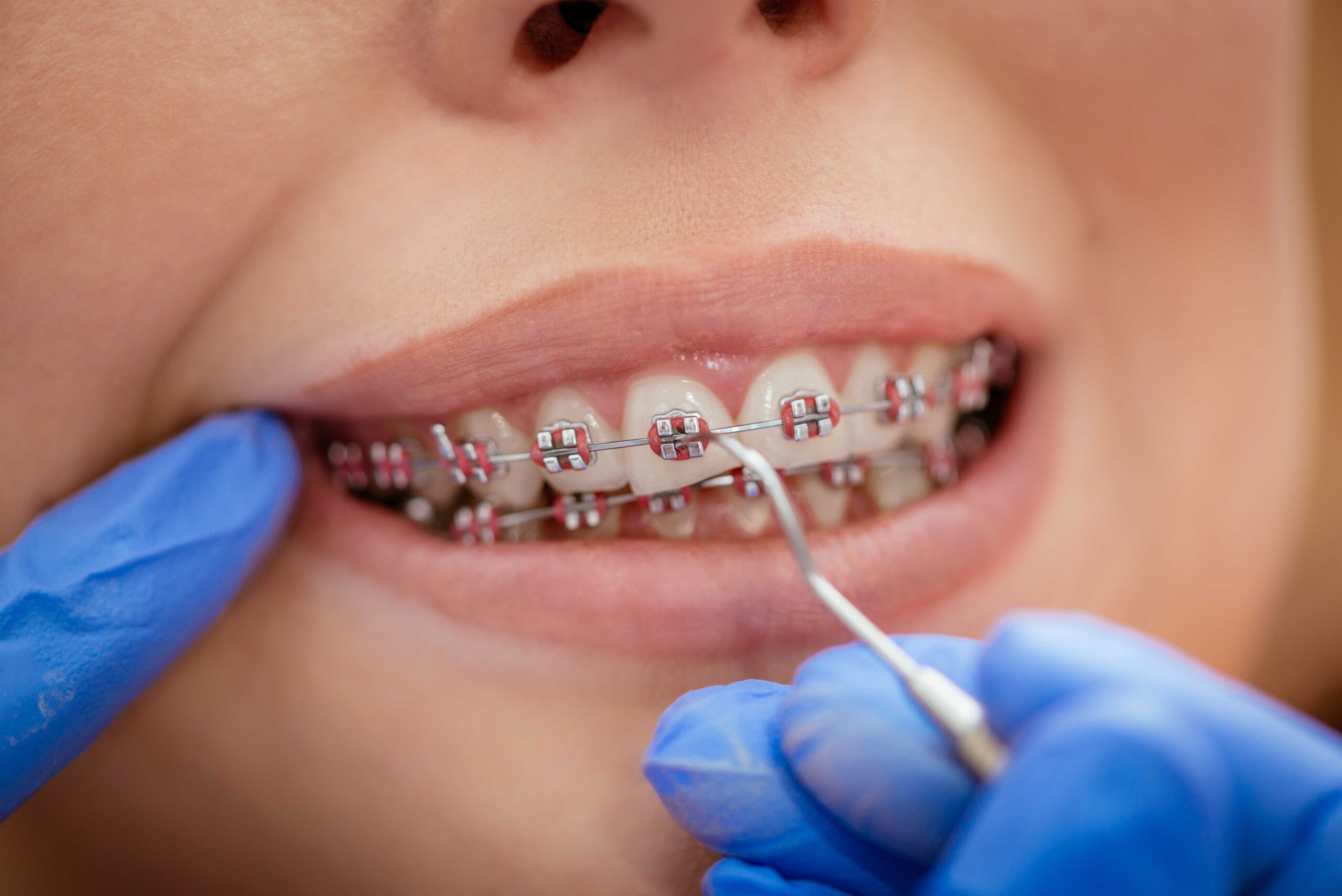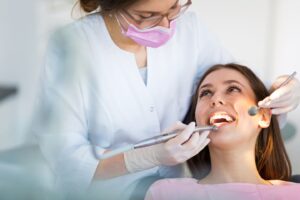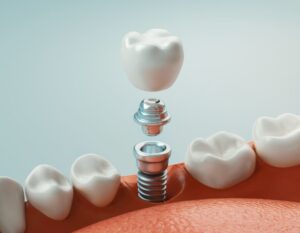Orthodontic treatment plays a crucial role in achieving optimal oral health and enhancing our smiles. Both Invisalign and traditional braces have proven effective in addressing alignment issues. Let’s take a closer look at how Invisalign stands out as a modern alternative to conventional braces.
Understanding Invisalign and Traditional Braces
Invisalign is a revolutionary orthodontic treatment that uses clear, removable aligners to gently shift teeth into place. These custom-made trays are virtually invisible, making them an excellent choice for individuals who want to maintain a natural appearance during their treatment. On the other hand, traditional braces utilize metal brackets and wires that are bonded to the teeth. While effective, they can be quite noticeable and may impact one’s self-esteem.
Aesthetics and Confidence Boost
The aesthetic advantage of Invisalign is evident—aligners are clear and barely noticeable. This allows individuals to feel more confident about their appearance during the treatment period. In contrast, traditional braces can be more conspicuous, which might affect self-esteem, particularly among teenagers and adults.
Comfort and Convenience
One of the primary concerns with traditional braces is the discomfort they can cause due to metal brackets and wires. Invisalign aligners are made from smooth and comfortable materials, reducing the likelihood of mouth sores and irritation. Additionally, Invisalign is removable, allowing you to enjoy your favorite foods without worrying about dietary restrictions. Moreover, maintaining oral hygiene is simpler with Invisalign since the aligners can be removed for brushing and flossing.
Treatment Duration and Predictability
Invisalign treatments often have shorter average durations compared to traditional braces. This is due to Invisalign’s SmartTrack technology, which enables precise movement of teeth. Furthermore, Invisalign’s treatment plans are digitally mapped out, providing a more accurate prediction of the treatment timeline compared to traditional braces, which might require more adjustments and longer treatment times.
Orthodontic Expertise and Monitoring
When considering orthodontic treatments, it’s crucial to have an experienced orthodontist overseeing your progress. Invisalign treatments involve regular check-ups to ensure the aligners are fitting correctly and teeth are moving as planned. Traditional braces also require in-office adjustments, but Invisalign’s consistent monitoring ensures a more efficient and effective treatment process.
Impact on Speech and Mouth Irritation
Adjusting to wearing orthodontic appliances can affect speech patterns. While both Invisalign and traditional braces might have an initial impact, many find that they adapt more quickly to Invisalign due to its comfortable fit and smooth design. Moreover, Invisalign aligners are less likely to cause mouth sores and irritation since they lack the sharp edges often associated with braces.
Cost Considerations
The cost of orthodontic treatment is a significant consideration for many patients. While the cost of Invisalign may be slightly higher than traditional braces, it’s essential to evaluate the long-term benefits and investment. Invisalign’s added comfort, convenience, and aesthetic appeal could outweigh the upfront expense for many individuals seeking a seamless orthodontic experience.
Frequently Asked Questions (FAQs)
Is Invisalign suitable for all orthodontic cases?
Invisalign has evolved to address a wide range of orthodontic issues. However, the suitability of Invisalign depends on the complexity of the case. Consulting with an experienced orthodontist will help determine the most suitable treatment for your specific needs.
Will Invisalign affect my speech?
Both Invisalign and traditional braces may have a slight impact on speech initially. However, many patients find that they adapt to Invisalign aligners more quickly due to their comfortable fit and smooth design.
How often do I need to wear Invisalign aligners?
For optimal results, it’s recommended to wear Invisalign aligners for 20 to 22 hours a day, removing them only during meals and oral hygiene routines.
Are there dietary restrictions with Invisalign?
Unlike traditional braces, Invisalign aligners are removable. This means you can enjoy your favorite foods without worrying about damaging brackets or wires. Simply remove the aligners before eating.
Will Invisalign aligners cause discomfort?
Invisalign aligners are designed for comfort. While you may experience some initial pressure as your teeth adjust, this discomfort is generally minimal compared to the potential soreness associated with traditional braces.
How often do I need to visit the orthodontist during Invisalign treatment?
Regular check-ups are essential for Invisalign treatment. Your orthodontist will monitor your progress and ensure that the aligners are fitting correctly. These visits typically occur every six to eight weeks.
What's the cost difference between Invisalign and traditional braces?
Invisalign treatment may have a slightly higher upfront cost compared to traditional braces. However, factors such as comfort, aesthetics, and treatment duration can make the investment worthwhile for many patients.
Can I see examples of successful Invisalign treatments?
Absolutely! Our practice has a collection of before-and-after photos showcasing the remarkable transformations that Invisalign has achieved for our patients. Feel free to ask us for these visual testimonials.
Improve Your Oral Health With Hedgecock Dental
Hedgecock Dental is available for all of your family dentistry needs. Our dental office in Austin, TX provides general, sedation, restorative and cosmetic dentistry to patients of all ages.
Conclusion
Invisalign has revolutionized the field of orthodontics, offering patients a more discreet, comfortable, and convenient way to achieve a stunning smile. As you weigh your options, consider the benefits of Invisalign, including aesthetics, comfort, shorter treatment times, and personalized monitoring. By choosing the right orthodontic treatment, you’re taking a significant step toward improving both your oral health and your overall confidence.
References
National Institute of Dental and Craniofacial Research (NIDCR):The NIDCR is a branch of the National Institutes of Health (NIH) dedicated to research and information related to dental health and craniofacial conditions. Their website offers valuable resources on various dental procedures, including cosmetic dentistry options.
MedlinePlus: Dental Health:MedlinePlus, a service of the U.S. National Library of Medicine, provides comprehensive information on dental health. The Dental Health section covers various dental procedures and treatments, including cosmetic dentistry.
American Dental Association (ADA):While not a .gov site, the ADA is a reputable organization that provides authoritative information on dental health and practices. Their website includes resources on cosmetic dentistry procedures, patient education, and finding qualified dentists.





